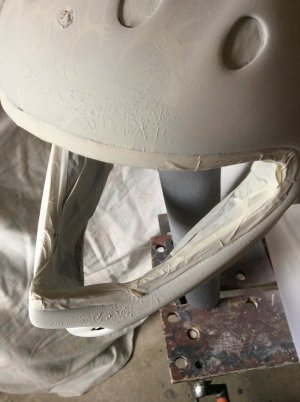N
Niknooo1
Guest
I am looking into custom painting a full face down hill cycle helmet. I currently use wicked detail which I believe would be ok. My question is about clear coating, what to use, how to use it and all helpful tips to get a professional finish.

